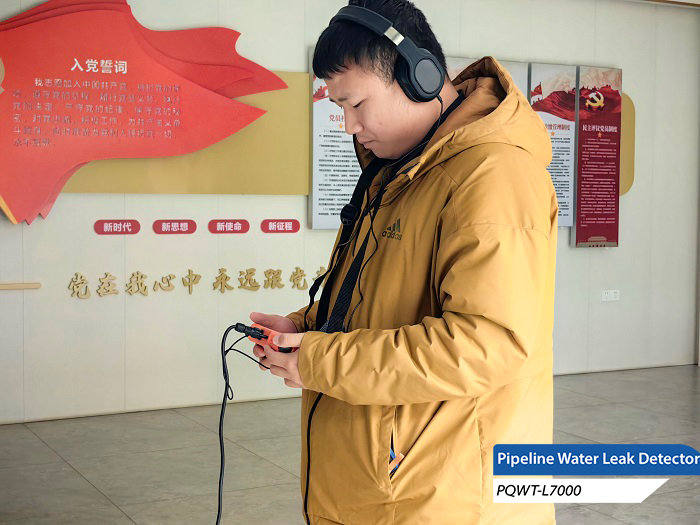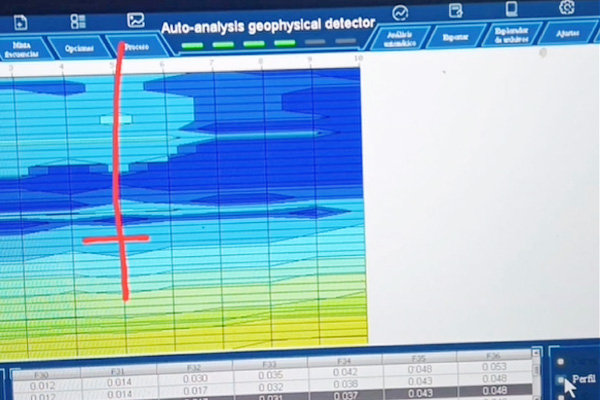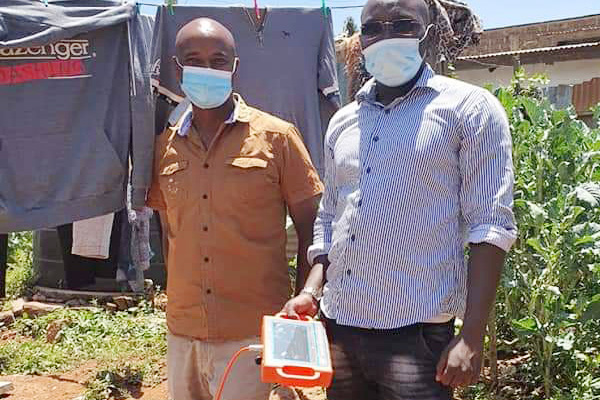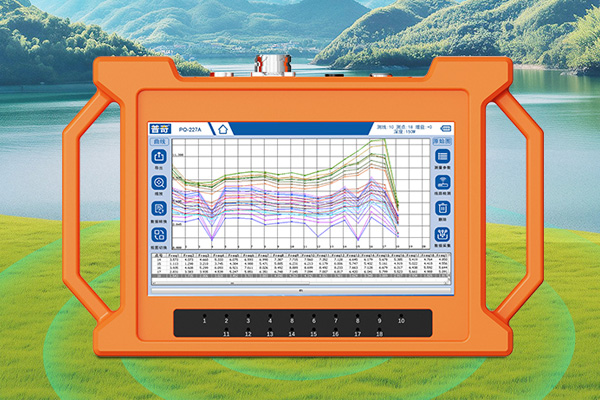Indoor water leakage is a common and headache problem in home life. It not only affects the comfort of the living environment, but also may cause long-term damage to the structure of the house, and even lead to short circuits and other safety hazards. In this article, we will start from a few common reasons, in-depth analysis of the root causes of indoor water leakage, and provide the corresponding solutions.

1. Lack of insulation: a common trouble in old houses
For many older homes, the lack of wall insulation is one of the main reasons for indoor wall water seepage in winter. Due to the large temperature difference between indoors and outdoors, the warm indoor air meets the cold wall, condensation will form on the wall surface, which in turn triggers dampness and mold problems. Although this phenomenon naturally disappears in the summer, but the mold left behind not only affect the aesthetics, but also may pose a threat to human health.
Solution: For this kind of problem, if the conditions allow, it is recommended to carry out thermal insulation transformation of the wall, increase the insulation layer to reduce the temperature difference, and fundamentally solve the problem of condensation. At the same time, keep indoor ventilation in winter, properly regulate the indoor temperature and humidity, can also effectively alleviate this phenomenon.
2. Leakage of water pipes in the wall: a hidden leakage point
In-wall water pipe leakage is another common cause of indoor water leakage, especially in the bathroom, kitchen and other frequent water areas. Pre-buried water pipe joints if there is a quality problem or improper construction, easy to leak, and then penetrate the wall, resulting in wet walls and even mold.
Solution: Once you find water seepage in the wall and suspect that it is related to the water pipe, you should contact a professional for inspection. Through pqwt water detector and other methods to locate the leakage point, and then repair or replace the water pipe. In addition, regularly check the condition of water pipes and joints at home to prevent leakage.
3. Inadequate waterproofing: a hidden problem upstairs and downstairs
Inadequate waterproofing measures is also an important factor leading to indoor water leakage. Upstairs neighbors of the ground waterproofing is not done, the water can easily penetrate the walls downstairs; at the same time, the combination of water pipes upstairs and the ground waterproofing treatment is not appropriate, may also lead to water down the pipe, affecting the roof and walls.
Solution: For upstairs waterproofing problems, we should first try to communicate with neighbors to solve the problem. If the neighbors do not cooperate or difficult to solve the problem, you can contact the property or relevant departments to intervene in the coordination. At the same time, their own home in the renovation should also attach great importance to waterproofing, to ensure that the ground, walls and pipes around the waterproofing treatment in place, to prevent problems before they occur.
Indoor water leakage should not be ignored, it is not only about the comfort of the living environment, but also about the safety and service life of the house. In the face of water leakage, we should actively look for the causes and take effective measures to solve the problem. By strengthening insulation, regular inspection of water pipes and waterproofing measures, we can effectively prevent the occurrence of indoor water leakage and create a safer and more comfortable living environment.








